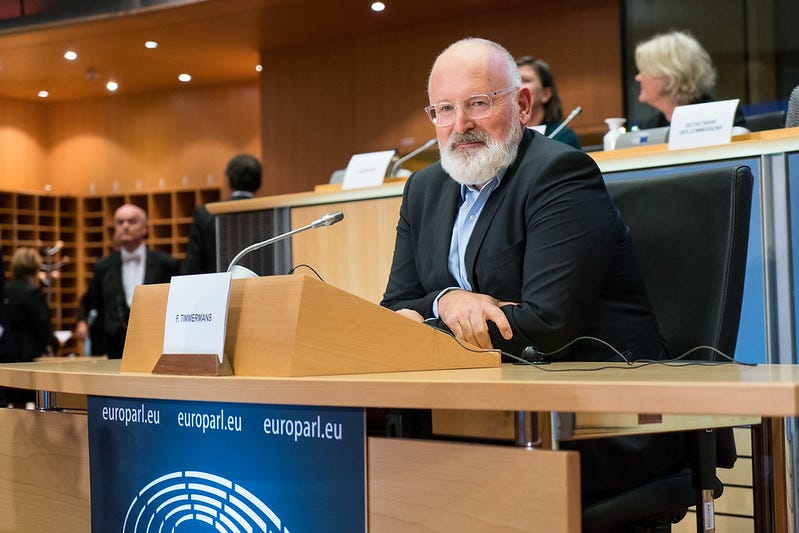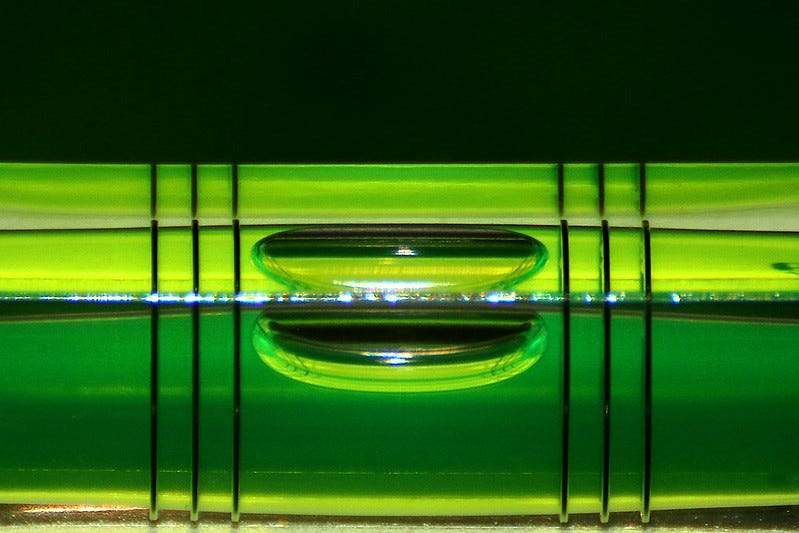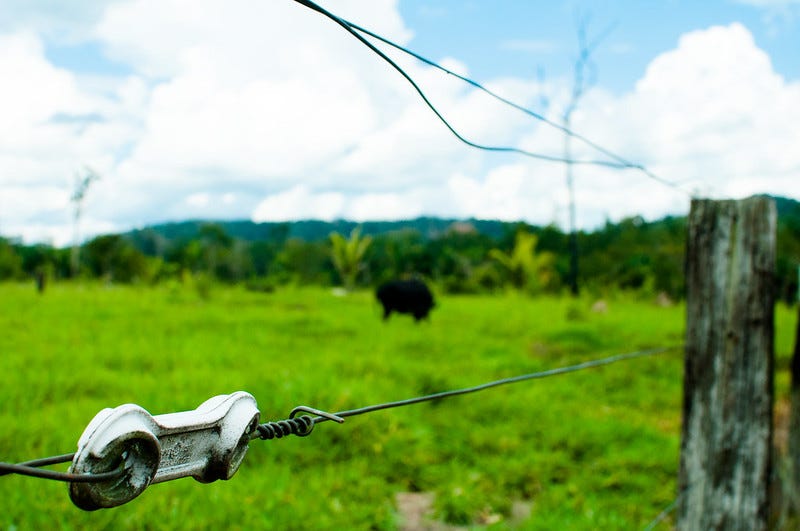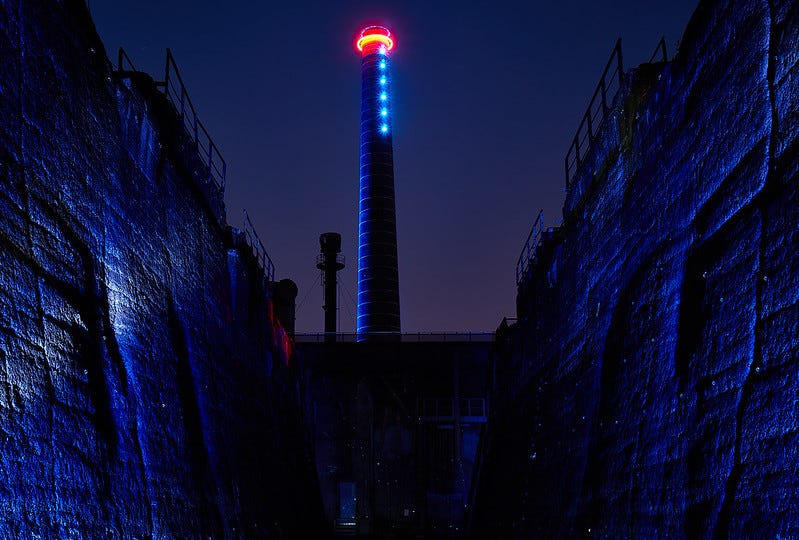Wrong-way emissions and the unreliability of ESG data; plus talking AirCarbon with Mark Herrema
Plus, a sustainable way to produce a movie thriller, and the 'Wild West' culture destroying the Amazon basin
Above, 2020 China NO₂ maps based on ESA satellite readings. Image: ESA/European Environmental Bureau/James Poetzscher.
One of my bosses at Dow Jones back in the day used to joke that every five years or so the company would come up with a three-year plan. At a media company riding the daily river of news, that made a sort of weird sense to everybody. In China, they take their planning a lot more seriously.
As the world awaits China’s 14th five-year plan, sometime next spring, experts are reading the tea leaves of planning proposals to glean clues about what role China’s new climate commitment will play in it. Early signs are not encouraging.
According to China Dialogue, a non-profit based in London and Beijing, the goal of raising China’s GDP per capital to first-world status by 2035 trumps most everything else. It will likely require an increase in emissions before they begin to slide in 2035 — 15 years from now — and hit the promise of carbon neutrality by 2060.
The report says:
The vision in the proposals for carbon emissions and ecological conservation should be understood in this context, of China’s economic trajectory. They stipulate that by 2035 “China’s carbon emissions will gradually decline in a state of stabilization after peaking, and there will be fundamental ecological and environmental improvements.”
We will hear more in the New Year, but nobody really believed that China would solve its reliance on coal overnight, and still keep economic competitiveness. Still, against the backdrop of news this week that the rest of the world is still going the wrong direction on emissions, it’s a bad sign.
A Production Gap report released by the UN Environment Program and a handful of NGOs said that while the world needs to cut emissions by 6% a year for the next 10 years, current projections are it will add 2% each year. Another report suggested that at current levels we could hit the Paris Accord threshold of 1.5% temperature above the pre-industrial era by 2024.
Let’s hope we’re not still wearing masks then. It’s going to be hot.
More insights below. . . .
Don’t forget to contact me directly if you have suggestions or ideas at dcallaway@callawayclimateinsights.com.
ZEUS: Catching up on AirCarbon with Newlight’s Mark Herrema
. . . . Take two science geeks and a passion for fixing climate change and plastics pollution, experiment for 17 years turning a natural mechanism into a scalable manufacturing business, and you have AirCarbon, the brainchild of two entrepreneurs at Newlight Technologies who are making a splash in carbon removal circles, writes David Callaway. CEO Mark Herrema tells how he and partner Kenton Kimmel developed a process to take carbon from the air and turn it into plastic and leather replacements for products such as cutlery, purses, and eyeglasses. On top of their environmental benefits, the products look cool, too.
AirCarbon is made from microorganisms in the sea, which use greenhouse gas emissions and air to make a substance called PHB. Over 10 years of experimenting, while working as valets and fitness instructors at the nearby Monarch Beach Resort, Herrema and Kimmel figured out a way to melt the PHB into a material which can be used to replace plastic and leather. . . .
Save the date: Callaway Climate Insights exclusive webinar
SAVE THE DATE: Join Callaway Climate Insights on Thursday, Jan. 21 for an exclusive webinar with European Union Climate Commissioner Frans Timmermans, to discuss the EU’s aggressive climate solutions and where the incoming Biden Administration fits in. Offered to subscribers only.
If you can’t measure it, you can’t manage it: Scope 3 and the unreliability of emissions data
. . . . The confusing, and lack of thorough and consistent, emissions data from companies render it almost impossible for emissions providers and investors to determine which companies have the biggest problems or are as clean as they claim, writes Mark Hulbert. Citing a new study titled, “Green Data or Greenwashing?,” which began circulating in academic circles at the beginning of November, Hulbert writes that wild discrepancies between reporting on Scope 1, 2 and 3 emissions in particular, reveals a need for an institutionalized, single standard for corporate reporting.
To illustrate the investment implication of their findings, the researchers imagined an investor wanting to avoid the 500 worst emitters from a universe of 10,000 stocks. This hypothetical situation is quite realistic, by the way, since 5% of companies are responsible for 80% of GHG emissions.
Given the imprecision of the GHG emission estimates, the researchers calculate that this hypothetical investor would have to exclude a lot more than 500 companies in order to avoid the bulk of those worst emitters. And I mean a lot more: This hypothetical investor would need to exclude 1,250 companies from consideration in order to avoid at least 95% of those worst emitters.
That’s a high price to pay. . . .
Making a thriller without a trace — of waste
. . . . Black Bear, a new thriller movie set on a lake comes out today in 14 theaters (that are open) nationwide. Starring Aubrey Plaza and written and directed by Lawrence Michael Levine, the movie received good reviews ahead of release and at the Sundance Film Festival earlier this year. But what few mentioned was that it was made in entirely sustainable fashion.
Julie Christeas and Jonathan Blitstein, the partnership behind independent film company Tandem Pictures, ran the entire five-week shoot in update New York with sustainable practices. From re-usable water bottles for the cast and crew to solar power and rechargeable batteries on the set, to donating costumes and props to the local church, the 45 people on the shoot left the lakeside even cleaner than they found it, Christeas said.
“We have to look at the work that we do and it is really quite wasteful,” Christeas said of filmmaking. “We find we can cut down on that waste if we think about it. And the savings you can get are enormous.”
Blitstein said there is a larger effort going on in Hollywood to be sustainable. He pointed to The Amazing SpiderMan 2, which reportedly saved $400,000 in production costs by using sustainable practices.
For Christeas, who has run Tandem for more than 10 years, sustainability and a focus on women, underrepresented minorities and LGBTQ in storytelling, casting, and script choice, are a priority. Also, working with people at the university level, where climate solutions and sustainability are gaining in prominence.
At the end of the day, you still have to make a good movie. Let me know what you all think of Black Bear when you see it. The trailer rocks! . . .
Gold, oil, banks, and cattle rustling at heart of the “Wild West’ culture destroying the Amazon
. . . . Environmentalists frequently point to soy production as a major contributor to the deforestation of the Amazon basin. But a modern day gold rush involving the search for gold, oil, and even cattle rustling, fueled by financing from big banks, is also playing a major role, writes Michael Molinski. The destruction of forestry tied to cattle ranching, in particular, is responsible for 80% of the damage in all six countries the river runs through.
Anyone who has spent time in the Amazon knows that life there is like the Wild West, where there are no laws, cattle rustling is rampant, and anything goes in the pursuit of profit. Prospectors for decades continue to fight for gold near the now-closed Serra Pelada mine just south of the Amazon, where murders and crime continue to this day. . . .
Europe notebook: Fiscal reality hits EU climate goals
. . . . Inadequate or overambitious? That was the question put to EU politicians and business leaders this week in a unique conference call to discuss the fiscal realities of the bloc’s climate goals for 2030 and 2050. All agreed that Covid has focused people’s minds on finding climate solutions, and many voiced support for a rapid transition to hydrogen as a fuel source. But the impact on member finances was also front and center, as Vish Gain writes from Dublin.
Head of energy group Enel, Simone Mori, said that committing to renewable plans is Europe’s best bet to ensure a smooth transition, adding that “there cannot be a transition without renewable energy.” He further argued that the process needs to be harmonized and pan-European to be effective.
Centrist Romanian MEP Christian Busoi wasn’t convinced the 60% target for carbon reductions by 2030 — agreed upon by the European Parliament last month — was feasible. He felt the goal was “overambitious.”. . .
Data driven: Must history repeats itself?
. . . . The last time the Earth experienced a comparable concentration of CO₂ was three to five million years ago, when the temperature was 2 to 3°C. warmer and sea level was 10 to 20 meters higher than now. . . .
News briefs: Asia's climate risks; 'underwater' mortgages, pine tree troubles
Above: The resistant skeletons of whitebark pine trees hold on at high elevations in Glacier National Park. Possibly decades earlier, they succumbed to either white pine blister rust or mountain pine beetles. Photo: National Park Service.
Editor’s picks:
Pine tree that feeds grizzlies is threatened
Climate change’s outsized impact on Asia
Bank of America says it won’t fund Arctic drilling
Latest findings: New research, studies and projects
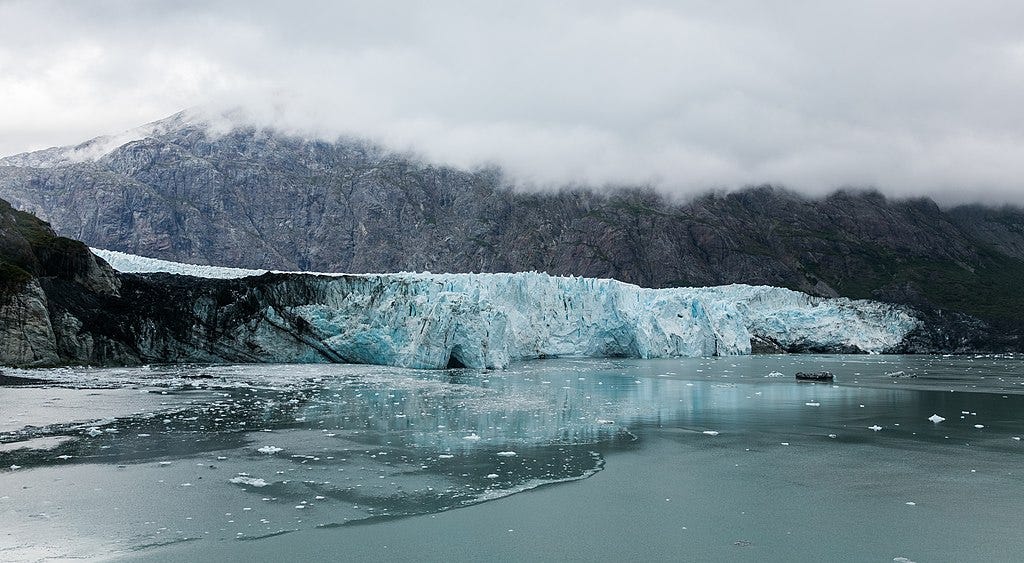
Green bonds as a tool against climate change
From the abstract: While green bonds are becoming increasingly popular in the corporate finance practice, little is known about their implications and effectiveness in terms of issuers’ environmental engagement. Using matched bond-issuer data, the authors test whether green bond issues are associated to a reduction in total and direct (scope 1) emissions of non-financial companies. They find that, compared to conventional bond issuers with similar financial characteristics and environmental ratings, green issuers display a decrease in the carbon intensity of their assets after borrowing on the green segment. The decrease in emissions is more pronounced, significant and long-lasting when they exclude green bonds with refinancing purposes, which is consistent with an increase in the volume of climate friendly activities due to new projects. They also find a larger reduction in emissions in case of green bonds that have external review, as well as those issued after the Paris Agreement.
Authors: Serena Fatica and Roberto Panzica, Joint Research Center of the European Commission. Available at SSRN.
More of the latest research:
What will the climate be like when Earth's next supercontinent forms?
Saving forests to fight climate change will cost $393 billion annually
Words to live by. . . .
“What I see is a growing recognition on both sides of the aisle that climate change is a very serious concern and that action needs to occur … There’s no question that if President Trump loses and the Biden administration comes into place, then climate change will be a very high priority.” — Janet Yellen.




